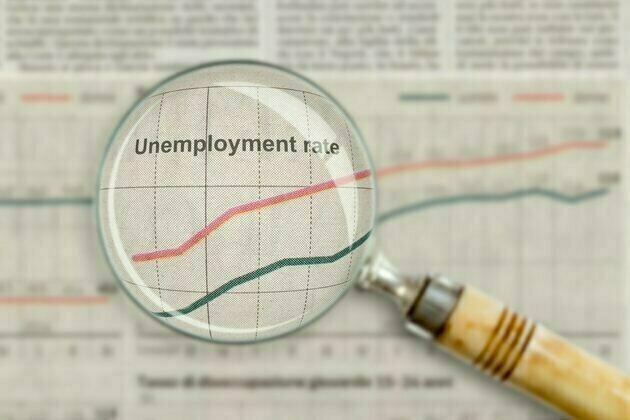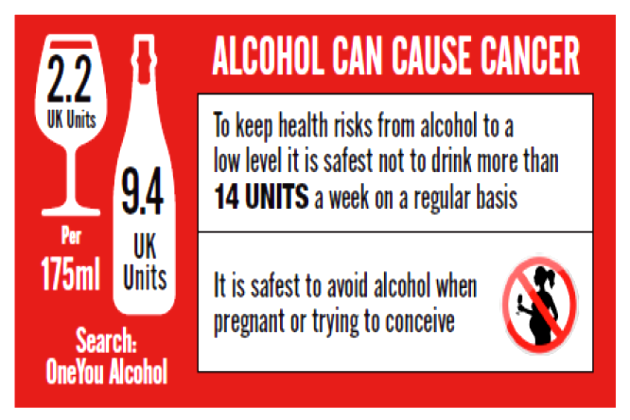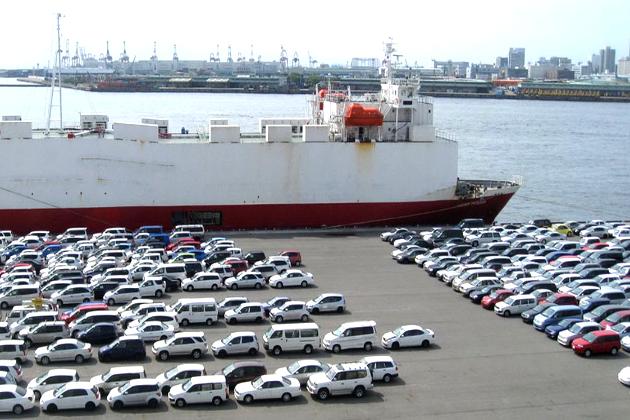Economic 'green shoots' and lower interest rates disguise worrying trends in NZ's job market
The Conversation
18 Feb 2025, 18:12 GMT+10

Despite Prime Minister Christopher Luxon's reassurance that "some green shoots" are starting to show in the economy, including a 50 point cut in the official cash rate expected to be announced later today, the outlook for 2025 remains uncertain for many - and grim for some.
Unemployment reached 5.1% in the final quarter of 2024, the highest level since 2020, according to the latest data from Stats NZ. That translates to a total of 156,000 unemployed individuals.
At the same time, a 1% decrease in gross domestic product in the third quarter of 2024 puts more pressure on the job market.
While the unemployment rate may not have reached the levels of past crises - the rate exceeded 6% during the 2008-2009 recession - the devil is in the detail.
The Stats NZ data show the most affected sectors include male-dominated occupations such as technicians and machinery operators, accounting for 85% of the latest job losses.
Women have seen smaller declines in employment and a slight increase in transitions to part-time roles. But the shift from full-time to part-time employment, especially among men, suggests the creation of quality full-time jobs will be a challenge.
Job losses concentrated in male-dominated industries also have broader economic implications. They may signal shifts in household income dynamics, particularly for families that depend on a male breadwinner.
It could also contribute to rising male underemployment (when a worker's job doesn't fully utilise their skills, education or experience) and further disparities in the employment rates of men and women.
Overall, these trends raise questions about the nature and quality of work now available in the job market, and what strategies the government can respond with.
In the fourth quarter of 2024, the annualised employment rate (representing the proportion of the working-age population employed over a year, adjusted for seasonal fluctuations) was 67.4%, compared with 69% in the same period of the previous year.
This is the most significant decline since 2009. It reflects job losses and a "discouraged worker" effect.
Discouraged workers are those who have stopped seeking employment due to a perceived lack of opportunities. Instead of remaining in the labour force, they may rely on savings, family support, welfare, or transition into informal or temporary work.
The rise in part-time employment, particularly among men, raises concerns about the quality of the labour market. Although employment levels appear stable, the growth of less secure jobs may conceal structural weaknesses.
In the fourth quarter of 2024, the number in part-time employment reached 585,000, the highest figure since 1986. Over the past year, 36,000 men left full-time jobs, while 9,000 transitioned to part-time work.
One of the main risks of this trend is that companies may be cutting costs without resorting to mass layoffs, which implies reduced job security for workers. Many of these transitions to part-time employment are not voluntary but rather a sign that the economy is not generating enough stable job opportunities.
Additionally, part-time jobs often offer lower wages, fewer benefits and fewer opportunities for career advancement.
This type of employment can contribute to stagnation in skill development and reduce workers' purchasing power, ultimately affecting consumer spending and overall economic growth.
There is also a perception of discrimination against part-time workers, with one in three reporting feeling discriminated against in their jobs.
While consumer confidence has been low, recent revisions to economic growth estimates suggest the economy hasn't been as weak as perceived.
Current projections are that unemployment may reach a peak between 5.3% and 5.6% in mid-2025 and then trend downwards.
With inflation now within the Reserve Bank of New Zealand's target range, changes in the official cash rate are needed to contain the damage to a weakened labour market. The central bank is forecast to cut the interest rate by 50-points today.
The weak growth in the working-age population and a potential decline in labour force participation could limit how high unemployment rises, as fewer people may be actively looking for work. But this does not mean a strong recovery is imminent.
New Zealand faces a significant but not insurmountable challenge. An unemployment rate of 5.1% should raise a red flag and is devastating for the increasing number of workers who have lost their jobs. But the data also show the increase is part of an anticipated economic cycle.
What matters is how the government reacts to the increases in unemployment and changes to the job market. A supportive job-creation policy and a coordinated strategy for the most affected sectors will be key in avoiding long-lasting pain in the labour market.
 Share
Share
 Tweet
Tweet
 Share
Share
 Flip
Flip
 Email
Email
Watch latest videos
Subscribe and Follow
Get a daily dose of Africa Leader news through our daily email, its complimentary and keeps you fully up to date with world and business news as well.
News RELEASES
Publish news of your business, community or sports group, personnel appointments, major event and more by submitting a news release to Africa Leader.
More InformationInternational
SectionUS citizen detained in Moscow on drug smuggling charges
MOSCOW, Russia: A U.S. citizen has been detained at a Moscow airport on drug smuggling charges, according to a report by Russian Telegram...
Deadly gas explosion in Taiwan mall kills 4, injures 26
TAIPEI, Taiwan: A deadly gas explosion tore through a department store food court in Taichung, Taiwan, killing four people and injuring...
Navy jet crashes off San Diego; crew ejects, rescued by boat
LOS ANGELES, California: Two crew members ejected from a Navy jet before it crashed into the ocean near San Diego this week. A sportfishing...
WHO urges tobacco-style warnings on alcohol in Europe
GENEVA, Switzerland: The World Health Organization is pushing for bold, tobacco-style warning labels on alcoholic beverages across...
US judge approves extradition of Turkish author and son for car crash
BOSTON, Massachusetts: A U.S. judge has ruled that a Turkish author and her son can be sent back to Turkey to face charges. The son...
New York confirms first case of new mpox strain
NEW YORK CITY, New York: The New York State Department of Health has confirmed its first case of a new mpox strain, increasing concerns...
Business
SectionU.S. stock markets finish in black despite early losses
NEW YORK, New York - U.S. stocks crept into the black in late trading Tuesday after spending most of the day in negative territory....
Taiwan promises to address US chip concerns, boost trade
TAIPEI, Taiwan: Taiwan has vowed to address U.S. concerns over the semiconductor industry while increasing investment and trade with...
US Transportation Chief summons Boeing CEO over safety concerns
WASHINGTON, D.C.: U.S. Transportation Secretary Sean Duffy said this week that he asked Boeing's CEO to come to Washington, D.C., as...
Tesla Cybertruck crash raises concerns over self-driving reliability
RENO, Nevada: A Tesla Cybertruck crashed in Reno, Nevada, while using the Full Self-Driving (FSD) feature. The truck failed to merge...
Global stocks close higher, U.S. dollar edges higher
London, UK - Monday's trading session ended with a diverse range of performances across global markets, as major indices posted modest...
Port of Brunswick in Georgia leads in auto shipments in US for 2024
SAVANNAH, Georgia: The Port of Brunswick became the top U.S. seaport for automobiles in 2024, growing rapidly and surpassing the Port...













